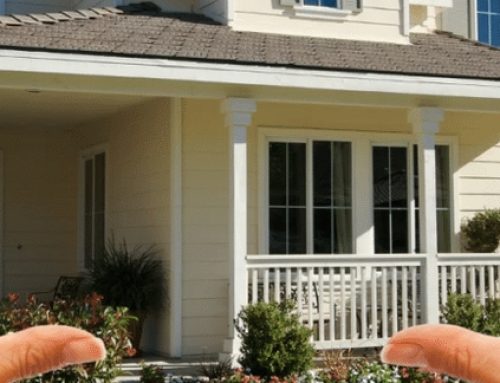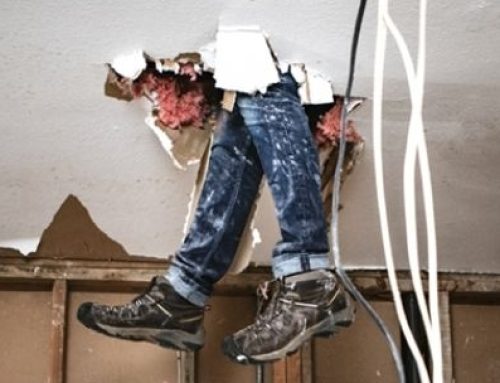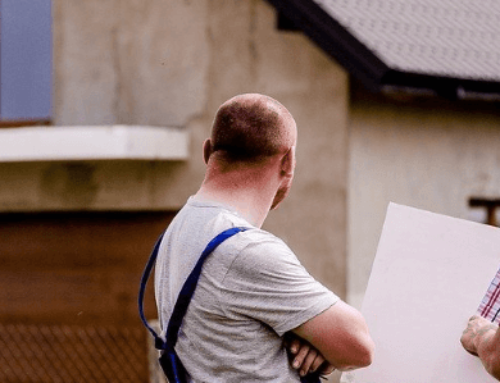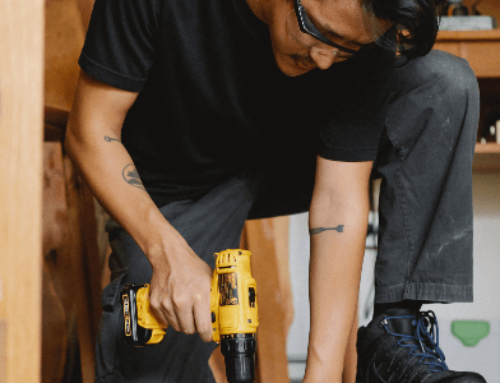It is wise to undertake a building inspection before purchasing or renovating an existing home or office. A building inspection report alerts you to actual and likely problems that could result in large or unexpected expenses.
Each building inspection follows a comprehensive checklist. The inspector checks the building structure both inside and outside; the roof cavity and under-floor areas if accessible; all wet areas; electrical switchboard; indicators of building subsidence; water pressure and signs of leakage; indications of pest intrusion; the presence of rot … and a lot more.
Building inspections by their very nature are broad in scope which limits the time inspectors can spend delving into the root causes and extent of every identified problem. Quotations always state what the inspections cover and exclude.
A Building Inspection Report should therefore be regarded as a guide to action – a fast turnaround report designed to provide insights into a property being considered for purchase or improvement.
Your inspector may recommend that a thorough pest inspection or structural inspection be undertaken whenever they find potentially serious problems and intrusive or engineering investigations are warranted to determine the causes and likely cost of rectification.
Building Masters Inspections are particularly vigilant looking for indications of building defects – like sagging roofs; sloping walls, uneven floors and moisture in walls and ceilings. They also do a structural inspection; you need to know in advance the true nature and extent of problems and the suitability of the building structure to undertake the proposed changes.
Asbestos Inspections & Building Inspections in Melbourne
Asbestos was extensively used in building products found in new homes, extensions and outbuildings constructed prior to its total ban in 1989. The fibre was added to add structural to manufactured products requiring added mass or rigidity.
Some common building applications that may contain asbestos include:
• Corrugated cement sheeting – widely used in extensions and sheds due to its low cost
• Flat cement sheet (also known as ‘Fibro’) – used in exterior and interior wall claddings, and under vinyl flooring,
• The backing of floor tiles,
• Sprayed around pipes, and
• Sound and ceiling insulation
The presence of asbestos can be difficult to see. Asbestos products can be painted to look like plasterboard and can also look inconspicuous when in loose form.
Asbestos is a dangerous fibrous mineral which, according to that the health and safety code, must be removed before any building works are commenced. If disturbed, air-borne asbestos dust and fibres can be inhaled by building workers – even by nearby residents – causing severe respiratory damage, even death, decades later. Specially-trained, clad and masked removalists must be used to dismantle and dispose of asbestos products. While this work is costly, it is definitely not a D-I-Y project.
A Building Inspection should identify the presence of asbestos. Inspectors from Building Masters Inspections have been trained for asbestos inspection as well as building inspection in Melbourne.
To learn more about the building inspection and asbestos inspection services of Building Masters Inspections please contact us on 1300 033 332. or via their website www.buildingmasters.com.au. You will find they are good people to have on your side.
Learn more about the author Mike Heathcote, today.






Leave A Comment